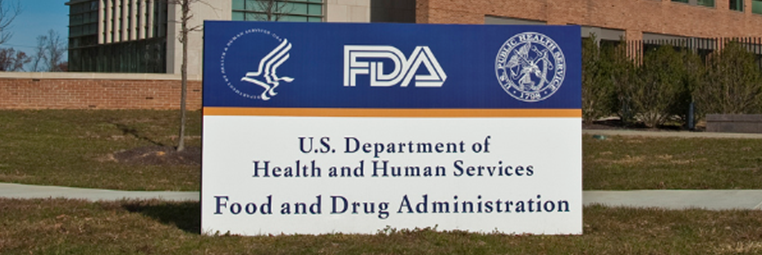FDA Issues Final GRAS Rule; Formally Adopts Voluntary Notification Process

The U.S. Food and Drug Administration (FDA) published a final rule In the Federal Register on August 17, 2016, that seeks to clarify the process and criteria used to determine whether the use of a substance in human or animal food is generally recognized as safe (GRAS). The rule applies to components that may be used as GRAS in food-contact substances, such as packaging materials, as well.
FDA also announced in the final rule that the voluntary GRAS affirmation petition process was now formally being replaced with a voluntary notification procedure (GRASN). In practice, FDA has not made available the GRAS petitioning process for human food since the notification procedure was first proposed in 1997. Under the GRASN procedure, a party is permitted, but is not required, to notify the agency of its conclusion that a substance may be used in or with food as GRAS under specified conditions of use.
GRAS substances are not subject to the premarket approval requirements of the Federal Food, Drug, and Cosmetic Act (FD&C Act) as food additives. Instead, a food or animal feed company may use a substance without FDA review if it is "generally recognized, among experts qualified by scientific training and experience to evaluate [their] safety, as having been adequately shown through scientific procedures (or, in the case of a substance used in food prior to January 1, 1958, through either scientific procedures or experience based on common use in food) to be safe under the conditions of its intended use."
Although not required, FDA has long permitted parties to submit to the Agency for review the scientific evidence by which it has reached a GRAS determination. This final rule details the process for submitting a GRAS notice, the information that should be included in it, and FDA's response to it. In this regard, the rule addresses the scientific evidence that should be submitted to demonstrate safety as well as the manner in which a party can demonstrate that the scientific evidence used to establish safety is generally available to the relevant expert scientific community and accepted by that community as demonstrating a reasonable certainty of no harm. FDA has also clarified that a GRAS conclusion may rely on generally accepted scientific principles in addition to data generated on the specific substance.
FDA's GRAS program has long been the subject of criticism, including the Agency's failure to finalize its 1997 proposed rule. In compliance with a Consent Decree issued by the U.S. District Court for the District of Columbia, FDA agreed in October 2014 to promulgate this final rule by the end of this month. For further background information on the difficulties the Agency has encountered with this program, see our PackagingLaw.com article, The Increasing Scrutiny of Food Packaging.
The final rule will become effective in 60 days.